In Carl Jung’s “Seven Tasks for Successful Aging,” Task No. 2 is Life Review. I continually review my life although I haven’t started at the beginning and gone through each stage. Instead, I’ve followed threads throughout many years of writing. Often the writing is about particular watershed moments. Sometimes my exploration is a “mapping” on a particular theme.
While anticipating the trip to Victoria on Thursday for my first radiation treatment, I remembered myself as a child anxious about my mother coming home for the weekend. I lived with my grandparents at the time. Mum would bring some fresh energy and stories from Deep River, Ontario or later, Montreal. She really knew how to fill a room! She would also upset our usual routine and possibly have disagreements with Grandma. These memories can emerge at any time triggered by events right now.
I’m always thinking about approaches to memoir and the various ways women present their stories in the form of spoken word, poetry, personal essays, blogs, memoir, performances, and one-woman shows.
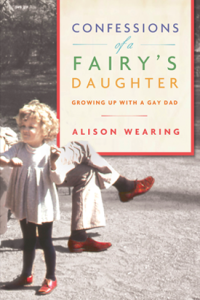 Last weekend Sarah and I went to see Alison Wearing’s performance at the Fringe Festival in Nanaimo. I had read Alison’s memoir, Confessions of a Fairy’s Daughter (Knopf, 2013), and really wanted to see how she adapted her story for the stage. She did such a fabulous job of telling her story as the daughter of a gay father who came out in the eighties.
Last weekend Sarah and I went to see Alison Wearing’s performance at the Fringe Festival in Nanaimo. I had read Alison’s memoir, Confessions of a Fairy’s Daughter (Knopf, 2013), and really wanted to see how she adapted her story for the stage. She did such a fabulous job of telling her story as the daughter of a gay father who came out in the eighties.
Alison was on the stage alone with a laundry hamper of costume changes and some slides and music to accompany her. When I got home, I thought about what made Alison’s performance so powerful besides the physicality of it, all those costume changes and the emotions she was able to tap into throughout her story. I think these aspects can also be applied to a written story as well.
The historical aspect: Alison began with some slides of photos from the Toronto Bath House Raids which took place in 1981. It helped to describe the non-acceptance of (and in fact, abhorrence for) gay men at that time as almost 300 men were charged with being “found-ins” at a bawdy house. It helps to put one’s own story in perspective when we realize what was going on around us at particular turning points in our lives.
Humour: There’s always some relief when we get to read or hear of some lighter moments. Comments from Alison’s friend Jessica and experiences with her step-siblings were especially funny. The humour works best when we’ve already heard of the more tender and even traumatic moments that aren’t funny at all.
Being Specific: Alison mentioned Trent University in Peterborough, Ontario where her father was a professor as well the names of some friends, the music her father loved and specific events (Pride Day, Gay Fathers’ Picnic) and streets in Toronto (Walmsley Road).
Moments of Poignancy, Moments of Pause: Alison described how her mother felt, the shame of having her husband leaving her. Alison recited a conversation she had with her mother that helped to describe so much about how her mother felt and then she paused to let the audience take it in. It was a very tender moment.
Not Knowing: We don’t always remember what happened in the past, exactly as it happened. Sometimes Alison reflected: it may have been this way or maybe it was like this.
No Judgment: Alison’s father led a life away from home for awhile before he moved out. His wife found out he was gay when she discovered a letter he had written to a male lover. Alison missed him. She didn’t deny him joy.
In her book, Alison wrote: “Constancy of love, truthfulness of heart, and joyfulness of life count infinitely more than who is doing what with which gender in the bedroom. Being in the presence of love is being in the presence of love, ultimately, it is the only thing that truly matters.”
It’s tricky to write about others without attempting to tell their stories for them. Alison told her story about her own feelings about an unconventional family. To illustrate her parents she gave some of their own words or shared her father’s love of music (her mother is a musician too) and her mother’s happiness when she remarried. Alison’s father gave her a box of journals, letters, newspaper clippings so she was able to tell his story in his own words. In the book, the section is called “The Way He Saw It.”
When it was first published, Alison did readings from her book of the same name and someone suggested she create a theatre piece, a one-woman show. She took the person’s advice and voila, a much-praised piece of theatre. Check out Alison’s website and see where she’s performing next. Could be in your area!
The journey of writing one’s own story is valuable in itself. When it’s shared with others they get to recall their own stories and see where they connect. Alison shared the sad, the poignant, the traumatic, the funny and by doing so invited us to get in touch with those aspects of our own lives.
If we write our stories and keep them in a drawer (sometimes because a publisher has not “accepted” them) we start to value them less. I really appreciate the way women like Alison have taken their stories to the stage. It has me thinking more of how we can present our stories to others, in the circle, and beyond.
And here’s something I read yesterday in a review by Tracy Sherlock in the Vancouver Sun of Camilla Gibb’s new memoir, This is Happy: “We come to know ourselves only through stories,” Gibb writes in the prologue. “We listen to the stories of others, we inherit the stories of those who came before, and we make sense of our own experiences by constructing a narrative that holds them, and holds us, together. Stories are how we make sense of our lives.”

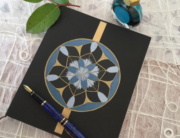

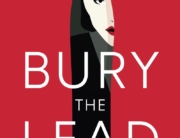


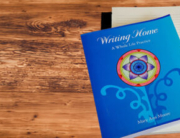

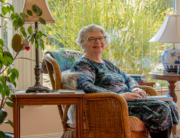
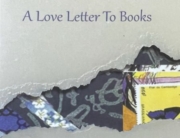


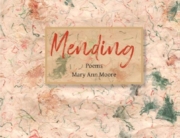
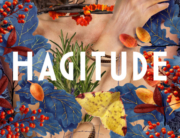
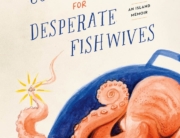
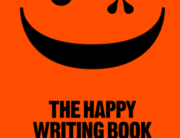

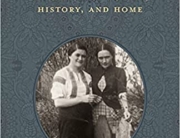
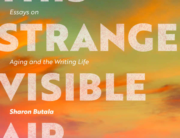

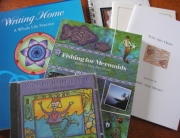
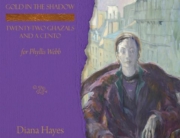
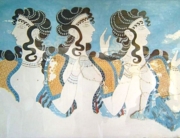

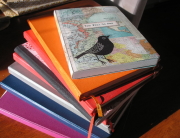
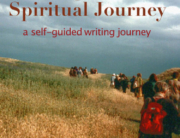
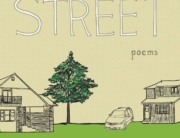
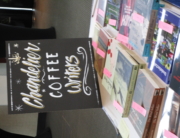
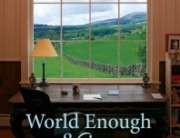

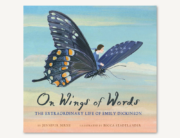

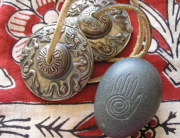
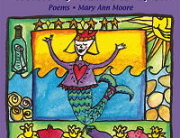
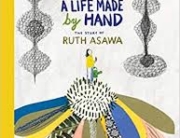
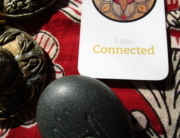
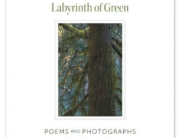

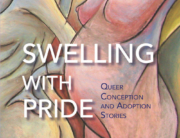

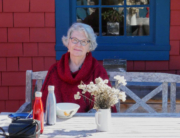
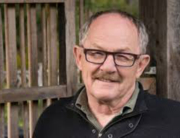
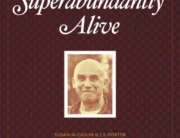
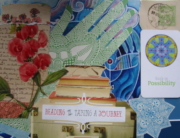
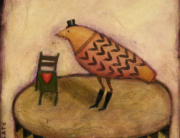
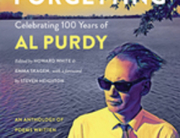
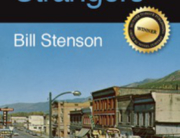
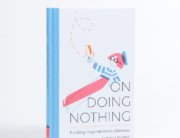


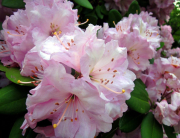
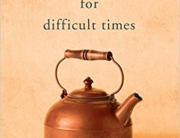
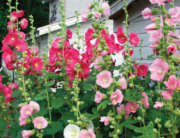
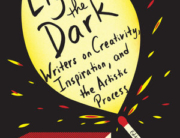
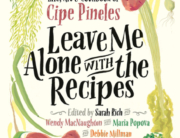
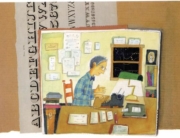




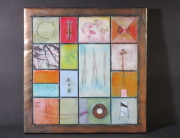
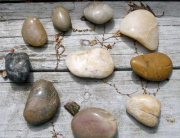
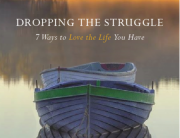

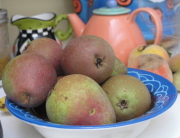
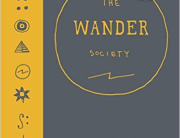
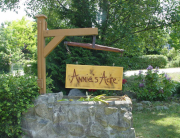
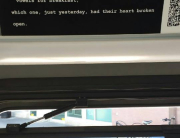

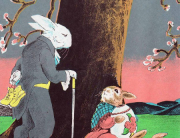






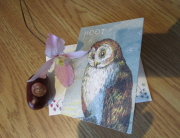
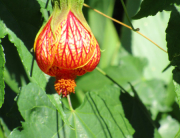
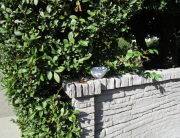
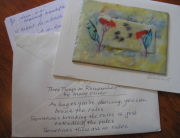
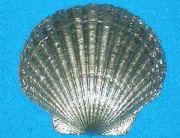



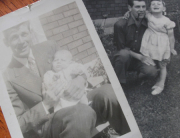
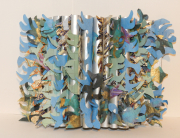


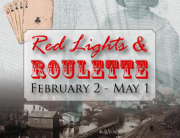
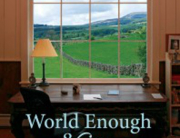
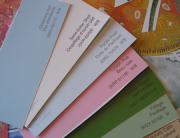
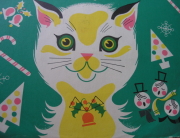
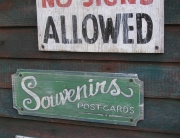

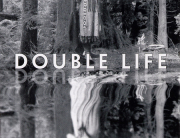

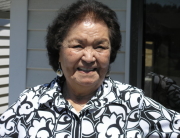
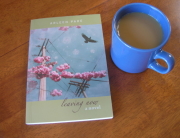



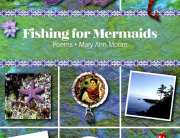
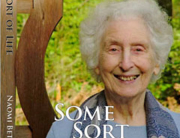
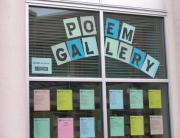
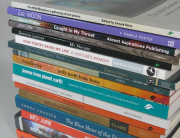

Yes stories can hold us together in ways that may not always be obvious. I recently spent time going through a plastic tub of old family photo that I have been carting around for years. Some date back three or four generstions. All the elders of the family are now gone and I realized I am the only one left who can identify most of the people in the pictures. I remember stories told to me by my Nana and mother as well as her sisters. Over the years I became the family story catcher and now those stories and pictures are what holds me in the family circle. The challenge now is finding the best way to pass those stories on to the next generation. Reading this post I realize that telling my own story and how these family stories came to me is a story in itself. How does one pick and choose what stories are best shared? In a lifetime there are so many things to write about. I like how some writers pick a theme or a particular time period.
What I remember most as a child was asking questions and then being told a story about that tied into my question. The storyteller was often my grandmother or mother and sometimes my dad. I remember one night sitting out on the back patio of my home with my mother and girlfriend at the time. I was in my mid 40s and my girlfriend asked my mother how she and my dad met. My mother spent the next hour telling us the most romantic story of their courtship and ultimate marriage. It was a magical night I will never forget starting with one simple question. My mother’s eyes lit up as she told the story. She was happy to tell it and I felt a new connection to her that evening.
Thank you for this entry and for outlining so clearly the aspects of the storytelling that you found powerful!